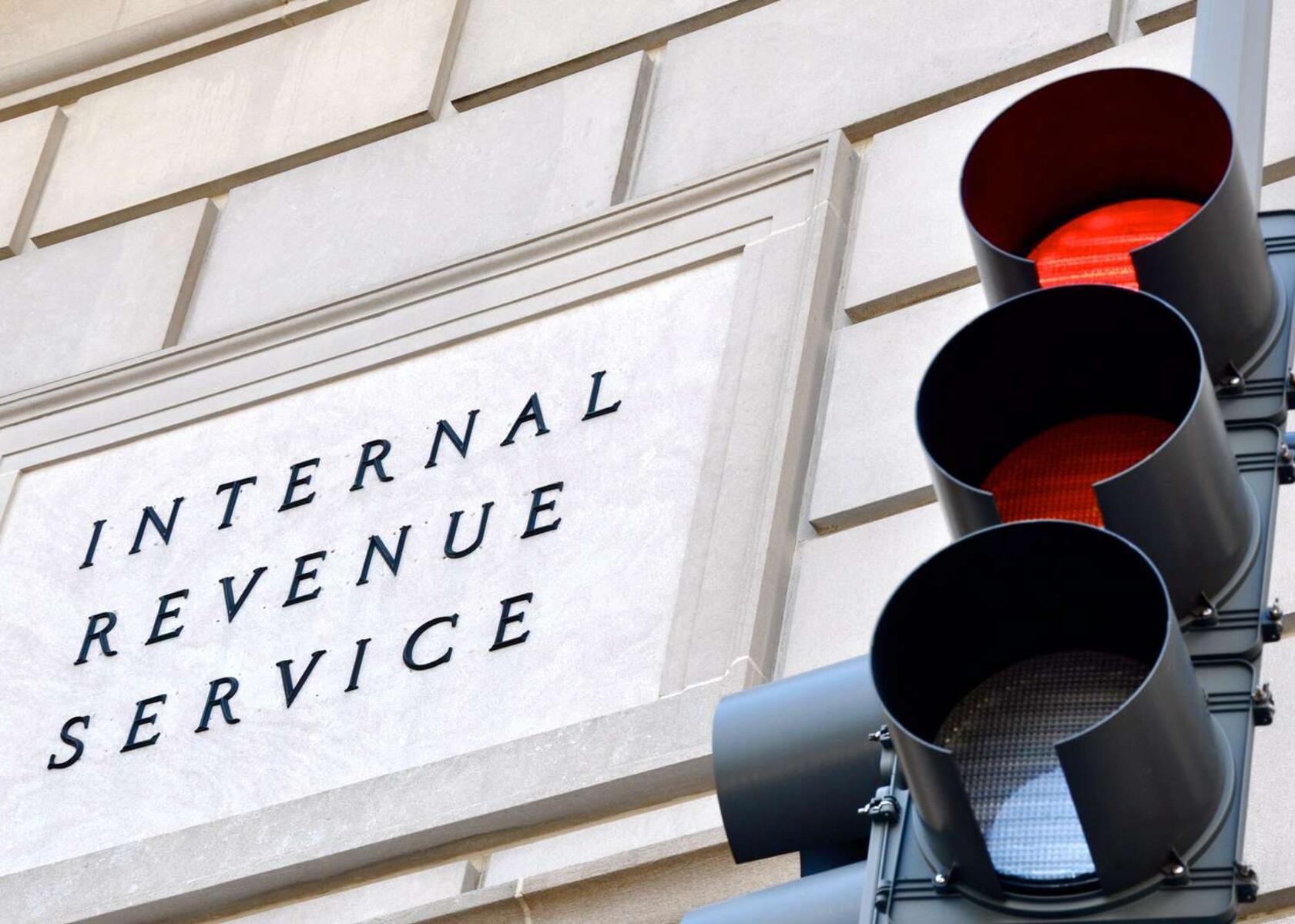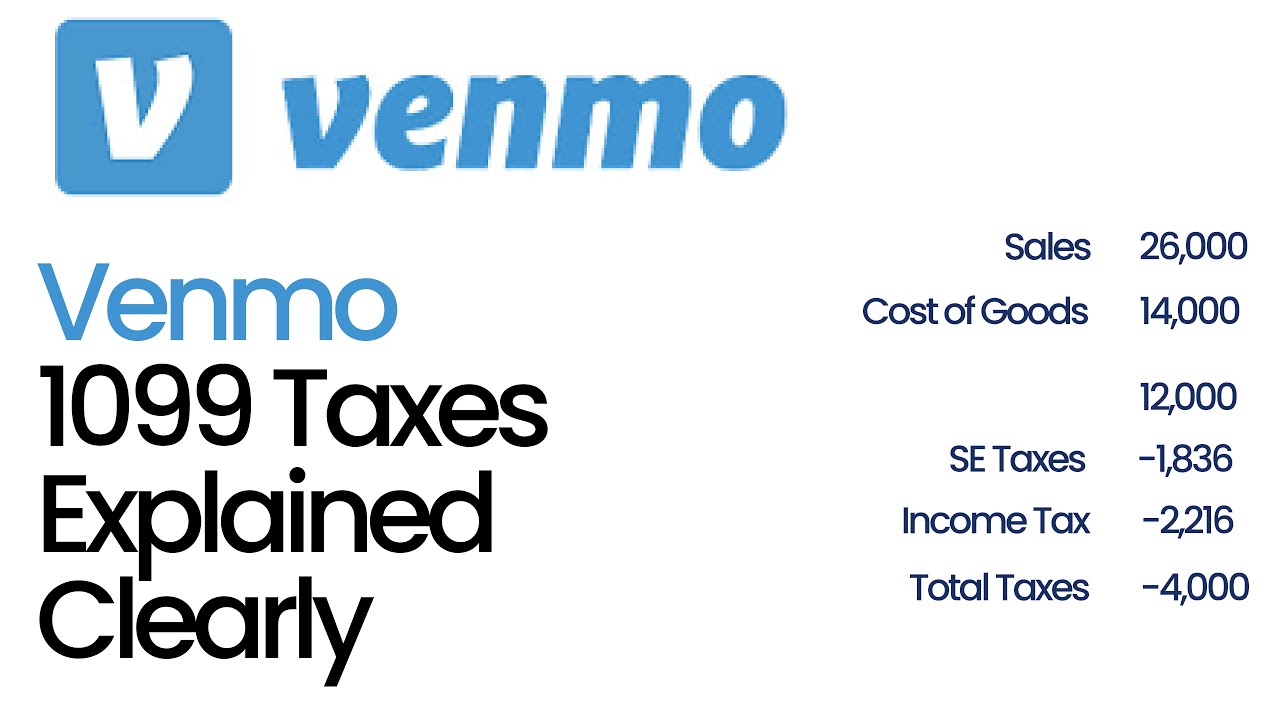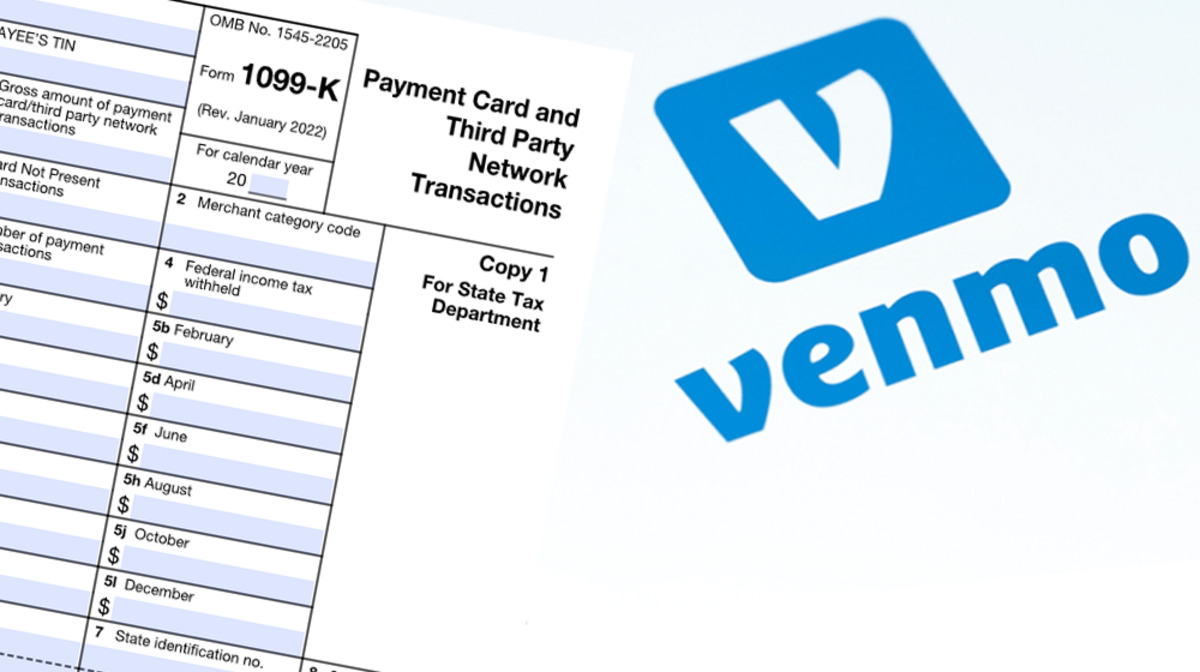Introduction
Welcome to the world of banking, where thresholds play a crucial role in determining various aspects of financial transactions. In the realm of banking, a threshold refers to a specific limit or level that triggers certain actions, restrictions, or consequences. It serves as a reference point that helps banks establish guidelines and make informed decisions.
Thresholds are essential in the banking industry as they help mitigate risks, ensure compliance with regulations, and safeguard the interests of both banks and customers. Understanding and managing these thresholds is vital for individuals, businesses, and financial institutions alike.
This article will delve into the concept of thresholds in banking, explore their different types, discuss their implications, and provide effective ways to manage them. Whether you’re a customer navigating personal banking or a business owner seeking to optimize your banking operations, understanding thresholds will contribute to better financial management and decision-making.
So, let’s dive into the world of thresholds in banking and unravel their significance in the financial landscape.
Definition of Threshold
Before we delve into the intricacies of thresholds in banking, let’s start by understanding what exactly a threshold is in this context.
In banking, a threshold refers to a specific limit or level that serves as a trigger for certain actions, restrictions, or consequences. It is a predefined point that helps determine when certain rules, regulations, or policies come into effect.
Thresholds can be set based on various factors, such as transaction amount, account balances, credit scores, or any other criteria determined by the bank. They act as key indicators that financial institutions use to assess risks, make decisions, and implement controls.
Imagine a scenario where you want to transfer a significant amount of money from your personal bank account. The bank may have set a threshold for large transactions, such as a specific dollar amount. When the transfer amount exceeds this threshold, additional verification steps, such as identity verification or approval from the account holder, may be required to ensure the transaction’s legitimacy.
Thresholds can also be set to monitor account activity and detect suspicious or fraudulent behavior. For example, if a customer frequently withdraws large sums of money from their account, the bank may set a threshold to flag such activity and trigger a review or investigation.
It’s important to note that thresholds can vary across different banks, financial institutions, and even jurisdictions. Each entity has its own policies and criteria for setting thresholds based on their risk appetite, industry regulations, and customer segments.
Now that you have a clear understanding of what thresholds are in banking, let’s explore their significance in the financial landscape and understand why they matter.
Importance of Threshold in Banking
Thresholds play a crucial role in the banking industry and hold significant importance for various stakeholders, including banks, customers, and regulatory authorities. Let’s explore why thresholds matter in banking.
1. Risk Management: Thresholds help banks manage and mitigate risks associated with financial transactions. By setting limits on transaction amounts or account balances, banks can identify and prevent potential fraudulent activities or unauthorized access. This ensures the security and integrity of customer accounts and helps maintain trust in the banking system.
2. Compliance with Regulations: Regulatory authorities impose specific rules and regulations to ensure the stability and fairness of the financial system. Thresholds enable banks to meet these compliance requirements. They help banks monitor and report transactions that exceed certain limits, ensuring transparency and adherence to anti-money laundering (AML) and know your customer (KYC) regulations.
3. Customer Protection: Thresholds act as safeguards for customers by protecting their financial interests. For example, in the case of unauthorized transactions, banks may set a threshold that triggers an alert or requires customer approval for transactions above a certain amount. This helps prevent fraudulent activities and provides customers with control over their financial transactions.
4. Efficient Operations: Thresholds enable banks to streamline and automate their processes. By setting thresholds for certain actions or events, banks can automate decision-making processes and reduce manual intervention. This improves operational efficiency and allows banks to focus on more complex tasks.
5. Profitability and Risk Assessment: Thresholds help banks evaluate the profitability and risk associated with different types of customers and transactions. By analyzing transactions that fall within specific thresholds, banks can identify patterns, assess creditworthiness, and make informed lending decisions. This helps banks manage their lending portfolios effectively and maximize profits while minimizing risks.
6. Fraud Detection and Prevention: Thresholds play a crucial role in detecting and preventing fraudulent activities. Banks can set thresholds to flag transactions that deviate from a customer’s typical behavior or involve suspicious patterns. This enables banks to take immediate action, such as placing a temporary hold on an account or initiating an investigation, to protect customers and prevent financial losses.
The proper establishment and management of thresholds are paramount for effective risk management, compliance, customer protection, and efficient banking operations. It ensures a secure and transparent banking environment for all stakeholders involved.
Different Types of Thresholds in Banking
In the realm of banking, thresholds can be categorized into various types based on the specific criteria they are set upon. Let’s explore some common types of thresholds that play a significant role in banking operations.
1. Transaction Thresholds: Transaction thresholds are limits set on the amount of money involved in a single transaction. Banks often set transaction thresholds to monitor and manage the risk associated with large transactions. These limits can vary based on the type of account, transaction channel, customer profile, or even regulatory requirements.
2. Account Balance Thresholds: Account balance thresholds refer to predetermined limits on the minimum or maximum amount of funds allowed in an account. Banks may set minimum balance thresholds to ensure that customers maintain a certain level of funds in their accounts to cover fees or avoid penalties. On the other hand, maximum balance thresholds may be set to mitigate risks associated with holding excessive funds in an account.
3. Credit Score Thresholds: Credit score thresholds are specific thresholds used to assess a customer’s creditworthiness. Banks often consider credit scores as an important factor when approving loans or extending credit. They set thresholds to determine who qualifies for particular loan products, interest rates, or credit limits. Higher credit scores generally result in better terms and conditions offered to customers.
4. Regulatory Compliance Thresholds: Regulatory compliance thresholds are established to ensure banks adhere to industry regulations and guidelines. These thresholds may vary depending on the jurisdiction and the specific regulations governing the banking sector. Examples include thresholds related to anti-money laundering (AML) and know your customer (KYC) requirements.
5. Overdraft Thresholds: Overdraft thresholds come into play when customers spend more than the available balance in their accounts. Banks usually set a maximum overdraft limit, which acts as a threshold beyond which the customer is not permitted to withdraw funds. Overdraft thresholds help banks control the risk of overdraft abuse and manage the associated fees and charges.
6. Risk-Scoring Thresholds: Risk-scoring thresholds are used to assess the level of risk associated with a particular customer or transaction. Banks use these thresholds to classify customers into different risk categories and determine applicable rates, terms, or additional monitoring requirements. By setting risk-scoring thresholds, banks can effectively manage their exposure to potential risks.
These are just a few examples of the different types of thresholds utilized in banking. The specific thresholds employed by banks may vary based on their risk appetite, customer base, and regulatory environment. Understanding these thresholds is essential for both banks and customers to ensure compliance, manage risks, and make informed financial decisions.
Thresholds in Personal Banking
Thresholds play a vital role in personal banking, shaping the everyday financial transactions and activities of individuals. Let’s explore some common thresholds that customers encounter in their personal banking experience.
1. Minimum Balance Thresholds: Many personal banking accounts have minimum balance thresholds, which require customers to maintain a certain amount in their accounts. Falling below this threshold can result in fees or penalties. These thresholds vary depending on the type of account, such as savings, checking, or money market accounts.
2. Transaction Limits: Personal banking often involves transaction thresholds that determine the maximum amount of money individuals can transfer or withdraw in a single transaction. These limits are set to mitigate the risk of unauthorized transactions and provide security to customers. ATM withdrawal limits or online banking transfer limits are common examples of transaction thresholds.
3. Daily Spending Limits: Personal banking also encompasses daily spending limits, which restrict the maximum amount that can be spent using debit or credit cards within a 24-hour period. Banks typically set these limits to prevent excessive spending or potential fraud. Customers can request to modify their spending limits based on their specific needs.
4. Overdraft Thresholds: Overdraft thresholds serve as a limit for how much customers can overdraw from their accounts. Banks may set a specific threshold beyond which customers are not allowed to withdraw funds. Overdraft thresholds help customers manage their finances and avoid excessive overdraft fees. Some banks also provide overdraft protection options to help customers avoid falling below these thresholds.
5. Credit Score Thresholds: Credit score thresholds are crucial in personal banking, especially when applying for loans or credit cards. Banks set minimum credit score thresholds to determine eligibility and set interest rates. A high credit score often leads to better loan terms, while a low score may limit borrowing options or result in higher interest rates.
6. Service Fees and Penalties: Personal banking may also involve thresholds related to service fees and penalties. For instance, there could be a threshold for a maximum number of free ATM withdrawals per month before additional fees apply. Banks may also impose penalties for exceeding certain transaction limits, such as overusing a savings account or conducting excessive wire transfers.
It is essential for customers to familiarize themselves with these thresholds in personal banking to avoid any unexpected fees, penalties, or restrictions. Understanding the thresholds empowers individuals to make informed financial decisions and manage their accounts effectively.
Thresholds in Business Banking
Thresholds in business banking play a crucial role in managing finances, minimizing risks, and ensuring smooth operations for businesses of all sizes. Let’s explore some common thresholds encountered in the realm of business banking.
1. Credit Limits: Business banking often involves credit limits, which determine the maximum amount of credit extended to businesses. These thresholds help banks manage the risk associated with lending to businesses and provide a clear framework for borrowers to manage their debt obligations.
2. Transaction Size Limits: Similar to personal banking, businesses encounter transaction size limits in their day-to-day financial operations. These thresholds establish the maximum amount that businesses can transfer, receive, or pay in a single transaction. Transaction size limits help mitigate the risk of unauthorized or large-value transactions.
3. Cash Deposit Limits: Banks may set cash deposit thresholds for business accounts to manage the risk of money laundering or illegal activities. These thresholds dictate the maximum amount of cash a business can deposit in their accounts within a specific time frame. Exceeding the threshold may require additional documentation or trigger further scrutiny from the bank.
4. Wire Transfer Limits: Business banking often includes thresholds for wire transfers, which set limits on the maximum amount a business can send or receive through electronic transfers. These thresholds help minimize the risk of fraudulent wire transfers and provide security for businesses engaged in international transactions.
5. ACH Transfer Limits: Automated Clearing House (ACH) transfer limits are thresholds that establish the maximum amount businesses can transfer electronically between accounts. ACH transfers are commonly used for payroll, vendor payments, and regular bill payments. Banks set ACH transfer limits to manage risks and prevent potential fraudulent activities.
6. Transaction Monitoring: Business banking involves thresholds for transaction monitoring to detect and prevent suspicious activities. Banks set thresholds to flag transactions that fall outside the norm based on a business’s historical behavior or industry standards. These thresholds help identify potential fraudulent activities and ensure regulatory compliance.
7. Merchant Account Thresholds: For businesses that accept credit card payments, merchant account thresholds are essential. These thresholds are based on the volume or value of credit card transactions processed within a specific time frame. If a business exceeds the threshold, it may be subject to additional scrutiny, chargeback monitoring, or reserve requirements.
Understanding and navigating these thresholds in business banking is essential for proper financial management, risk mitigation, and compliance. Businesses should work closely with their banking partners to ensure they are aware of and adhere to these thresholds to maintain efficient and secure financial operations.
How Thresholds Are Determined
The determination of thresholds in banking involves a careful assessment of various factors that impact risk management, regulatory compliance, and customer needs. While the specific process may vary among banks, several common factors influence how thresholds are determined. Let’s explore these key factors.
1. Risk Assessment: Banks conduct thorough risk assessments to identify potential risks associated with various financial activities. These assessments consider factors such as transaction volumes, industry-specific risks, creditworthiness, and historical data. The level of risk tolerance plays a significant role in setting thresholds that mitigate risks and safeguard the interests of both the bank and its customers.
2. Regulatory Requirements: Banks must comply with stringent regulations imposed by regulatory authorities. These regulations often set guidelines and thresholds to ensure adherence to anti-money laundering (AML), know your customer (KYC), and other regulatory frameworks. Banks align their threshold-setting processes with these regulations to ensure compliance and maintain regulatory credibility.
3. Customer Profiles and Needs: Recognizing that different customers have diverse needs and risk profiles, banks take into account customer-specific factors when determining thresholds. Factors such as transaction history, credit scores, business revenues, and account balances are considered to tailor thresholds to meet individual customer requirements while staying within acceptable risk parameters.
4. Historical Data and Pattern Analysis: Banks analyze historical transaction data to identify patterns and behavior that deviate from the norm. By examining past activities, banks can establish thresholds that flag unusual activities or transactions. This allows for better fraud detection, risk mitigation, and proactive decision-making.
5. Industry Best Practices: Banks follow industry best practices to establish reasonable thresholds. They take into account benchmarks set within the banking industry to ensure consistency and comparability. By aligning with industry practices, banks can enhance risk management strategies and maintain a competitive edge.
6. Ongoing Monitoring and Review: Thresholds are not set in stone; they require regular monitoring and review to ensure they remain relevant and effective. Banks continuously assess their thresholds based on changing market conditions, evolving regulations, and emerging risks. This ensures that thresholds are adaptive and aligned with the ever-changing landscape of the banking industry.
Combining these factors, banks employ a robust and multidimensional approach to determine thresholds. The process involves a balance between risk management, compliance, and customer-centric considerations. Effective threshold determination allows banks to maintain a secure and transparent banking environment while catering to the unique needs of their customers.
Implications of Crossing a Threshold
When a threshold is crossed in the context of banking, it can have various implications for both the individual or business and the financial institution. Let’s explore the potential implications of crossing a threshold.
1. Increased Scrutiny: Crossing a threshold often triggers increased scrutiny from the financial institution. Whether it’s a large transaction, exceeding credit limits, or breaching compliance thresholds, crossing a threshold can result in additional verification steps, documentation requirements, or investigation. The financial institution may need to ensure the legitimacy and legality of the transaction or activity.
2. Additional Fees or Penalties: Crossing certain thresholds, such as overdraft limits or exceeding transaction limits, can lead to the imposition of fees or penalties. Financial institutions may charge fees for going beyond established thresholds, either as a flat fee or a percentage of the transaction amount. These fees are intended to deter customers from repeatedly crossing thresholds and to cover any additional risks or administrative costs incurred by the bank.
3. Account Restrictions: In some cases, crossing thresholds can result in account restrictions. Financial institutions may temporarily freeze or limit certain account activities, such as outgoing transfers or withdrawals, until the situation is resolved or further verification is obtained. These restrictions are in place to protect account owners and ensure the security of their funds.
4. Adverse Credit Impact: Crossing credit limits or exceeding credit score thresholds may have a negative impact on an individual’s or business’s credit profile. Such actions can lead to a decrease in creditworthiness, making it more difficult to secure future loans or credit facilities. It is important to manage credit carefully and avoid crossing credit-related thresholds to maintain a positive credit standing.
5. Legal Consequences: Crossing certain thresholds, especially those related to regulatory compliance, can have legal consequences. Financial institutions must adhere to anti-money laundering (AML), know your customer (KYC), and other regulatory requirements. Failure to comply with these thresholds can lead to legal investigations, fines, or other penalties imposed by regulatory authorities.
6. Loss of Trust and Reputation: Crossing critical thresholds, such as those related to fraud or unauthorized activities, can lead to the loss of trust and damage to the reputation of individuals or businesses involved. Financial institutions prioritize the safety and security of their customers’ funds, and crossing thresholds that indicate potential fraudulent or unauthorized behavior can result in a strained relationship between the customer and the institution.
Understanding and respecting thresholds set by financial institutions is crucial to maintaining a positive and mutually beneficial relationship. It is important for individuals and businesses to be aware of these thresholds, monitor their transactions and activities, and take necessary steps to stay within the established limits to avoid potential negative implications.
Effective Ways to Manage Thresholds in Banking
Managing thresholds in banking is essential to ensure smooth financial operations, compliance with regulations, and a positive banking experience for individuals and businesses. Here are some effective ways to manage thresholds in banking:
1. Regularly Monitor Account Activity: Stay vigilant and monitor your account activity regularly. Review your transactions, balances, and credit limits to ensure that you are aware of any approaching thresholds. Monitoring account activity allows you to proactively manage your finances and take necessary actions to avoid crossing thresholds.
2. Set Personal Account Limits: Take advantage of features provided by your bank to set personal account limits. Many financial institutions offer options to set customized limits for transactions, spending, and ATM withdrawals. By setting these limits within your comfort zone, you can ensure that you stay within your desired thresholds.
3. Maintain a Buffer: To avoid unintended threshold breaches, maintain a buffer in your account. Keep a reasonable cushion above minimum balance requirements or credit limits to account for any unexpected expenses or fluctuations. This buffer can help prevent account restrictions, penalties, or overdraft situations.
4. Stay Informed About Policy Changes: Financial institutions may periodically update their policies and adjust thresholds. Stay informed about any policy changes by regularly reviewing notifications, emails, or newsletters from your bank. Being up to date allows you to adjust your financial activities accordingly and stay within the new threshold limits.
5. Communicate with Your Bank: If you anticipate crossing a threshold due to exceptional circumstances, don’t hesitate to contact your bank. Banks may consider providing temporary limit increases or alternative solutions to accommodate your specific needs. Keeping open lines of communication with your bank can help you manage thresholds effectively.
6. Seek Professional Advice: In complex financial situations, seek guidance from financial advisors or banking professionals. They can provide insights on managing thresholds specific to your financial goals, compliance requirements, or business operations. Their expertise can prevent unintentional threshold breaches and help optimize your banking activities.
7. Educate Yourself: Take the time to educate yourself about the thresholds applicable to your banking activities. Familiarize yourself with the terms and conditions of your bank accounts, credit facilities, and any regulatory requirements. Knowing the thresholds and associated consequences empowers you to make informed decisions and manage them effectively.
By implementing these effective ways to manage thresholds in banking, you can minimize the risk of breaching thresholds, maintain compliance, and navigate your financial affairs more efficiently. Proactive management of thresholds ensures a smoother banking experience and helps you stay in control of your financial well-being.
Conclusion
Thresholds play a crucial role in the world of banking, shaping the financial landscape for individuals and businesses alike. These predefined limits or levels trigger actions, restrictions, or consequences that help financial institutions manage risks, ensure compliance, and protect the interests of their customers.
In personal banking, thresholds such as minimum balance requirements, transaction limits, and credit score thresholds impact everyday financial activities. Crossing these thresholds can result in increased scrutiny, fees, penalties, and potential impact on credit profiles.
Business banking involves thresholds like credit limits, transaction size limits, and cash deposit limits that are crucial for financial management, risk mitigation, and compliance. Crossing these thresholds can lead to additional verification, account restrictions, legal consequences, and damage to reputation.
The determination of thresholds in banking involves assessing factors such as risk, regulatory compliance, customer needs, industry best practices, and ongoing monitoring. Effective management of thresholds includes monitoring account activity, setting personal limits, maintaining buffers, staying informed about policy changes, communication with banks, seeking professional advice, and staying educated about applicable thresholds.
By understanding and managing thresholds effectively, individuals and businesses can maintain a secure banking environment, comply with regulations, mitigate risks, and make informed financial decisions. Being proactive in managing thresholds not only ensures smooth financial operations but also fosters a positive banking experience.
To navigate the ever-changing world of thresholds in banking, continuous awareness, communication, and adaptation are key. By staying informed, engaging with financial institutions, and leveraging available resources and professional expertise, individuals and businesses can navigate thresholds successfully.
Embracing a proactive mindset and employing effective threshold management strategies will contribute to financial stability, compliance, and long-term success in the dynamic realm of banking.

























